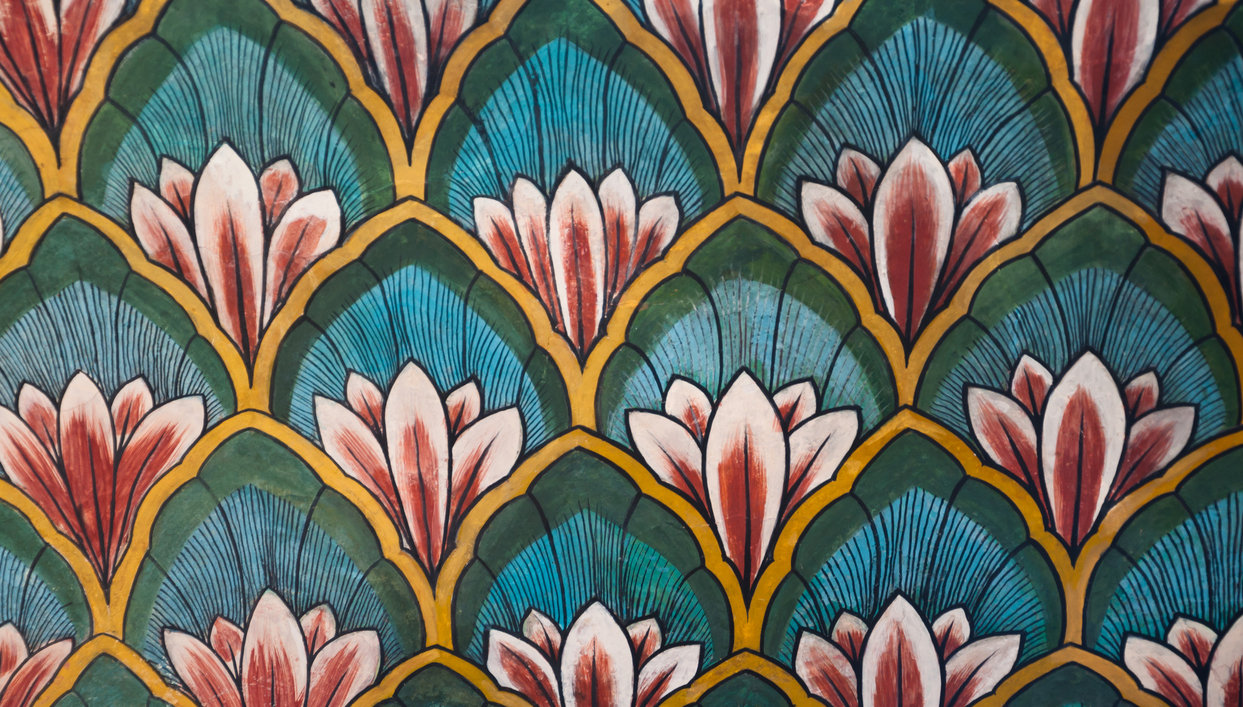What can art have to do with science? For most people, the essence of science lies in objective, rational analysis of dispassionately recorded data, whereas art is about creativity, imagination and ideas of beauty, all of which is highly subjective. And yet, these differences may be far less rigid than we believe them to be. Scientists have long worried about how to record nature in all its complexity and fullness; for example, the best way to record the qualities of a flowering plant. Is it captured in the schematic diagram — bereft of colour, two-dimensional, and netted with labels — or in the preserved specimen — dead, flat and colourless? Or is it indeed the artist, who attempts to capture the living flower, visited by bees, who gets closest to the truth?
I am part of a research team that will work, over the next three years, on two sets of natural history drawings (pictures of plants and animals) produced between the late 18th and early 19th centuries in Calcutta. The drawings, held at the Victoria Memorial Hall in Calcutta and at the Royal Albert Memorial Museum & Art Gallery in Exeter, the United Kingdom, will help us understand how the need to scientifically represent nature was tackled by individuals of different cultures, brought together by the clash of empires. The drawings were produced at a time when the British empire was taking shape, after Nawab Siraj ud-Daulah had been killed, the subsequent nawabs of Bengal had been reduced to puppets, and even the Mughal emperor forced to sign orders dictated by the East India Company. New institutions of colonial governance were being set up, among them the new Supreme Court, established in Calcutta in 1774. The first chief justice of that court, Sir Elijah Impey, infamously sent Maharaja Nandakumar — a highly-placed officer in the nawabi administration, and a Brahmin — to the gallows on charges of perjury.
But there is another side to the story of Impey’s sojourn in India which may be thought of as a side effect of imperial politics. In that gentler story, Impey’s wife, Lady Mary Impey, is the principal character. Like many British officials and civilians in India at the time, she was deeply interested in the flora and fauna of the country, and keen to use the talents of artists who had once served in the courts of the Mughals and the regional nawabs. She hired a team of talented artists, led by a man called Zain al-Din and supported by two others called Bhawani Das and Ram Das.
All these artists, said to be originally from Patna, were trained in the late Mughal style. The Mughal emperors, especially Akbar’s son, Jahangir, had been keenly interested in nature, leading to a tradition of producing highly detailed, realistic paintings of plants and animals. Many such paintings, which can be seen in the Indian Museum in Calcutta, have colours of jewel-like brilliance and are framed with exquisitely detailed borders. But how did artists who had once worked for the Mughals and their governors deal with the demands of their British patrons? The answer seems to be that the artists painted what their patrons wanted them to, but continued to apply their techniques of delicate lines, jewel-like colours and playful sensibilities. The meeting of British patronage and Indian talent produced a new style of painting that came to be known as the ‘Company School of Art’.
As far as Lady Impey’s artists were concerned, the result of their work was a set of scientific drawings that are also exquisitely beautiful. The paintings of Zain al-Din and his team command very high prices at auctions today, and are found in museums and private collections all over the world. Some of these paintings made their way, through routes still unclear to us, to the cathedral city of Exeter, in Devon. These form a collection of 86 paintings held in the Royal Albert Memorial Museum, donated by the descendants of a local vicar, Reverend Cresswell, in the 1920s. Because the signatures behind the paintings are in Bengali and English, Zain al-Din’s name was mangled to ‘Joyenadey’, making him unrecognizable. Once we were able to decipher the signatures, identifying the artists, we discovered that we had yet another example of Lady Impey’s artistic trio at work.
But the story does not end here. In 1786, the Calcutta Botanical Gardens were established. In the early 19th century, the supervisor, a British medical doctor, John Fleming, once again gathered a team of Indian artists to paint plants and animals, not just from around Calcutta, but from places as far as Australia. It appears that animals, such as the platypus, were collected and sent (dead or alive) to Calcutta, in some cases being reshipped to London after being painted. In the Victoria Memorial Hall we have 214 paintings, mainly of animals, known as the Fleming collection. Brief but evocative notes under these paintings, such as the refusal of all ship captains to take a ‘fishing cat’ (now West Bengal’s state animal) with them to London, tell a thrilling story of how Calcutta was developing at the time as a global centre of natural history studies, with the talents of Indian artists still crucial to that process.











